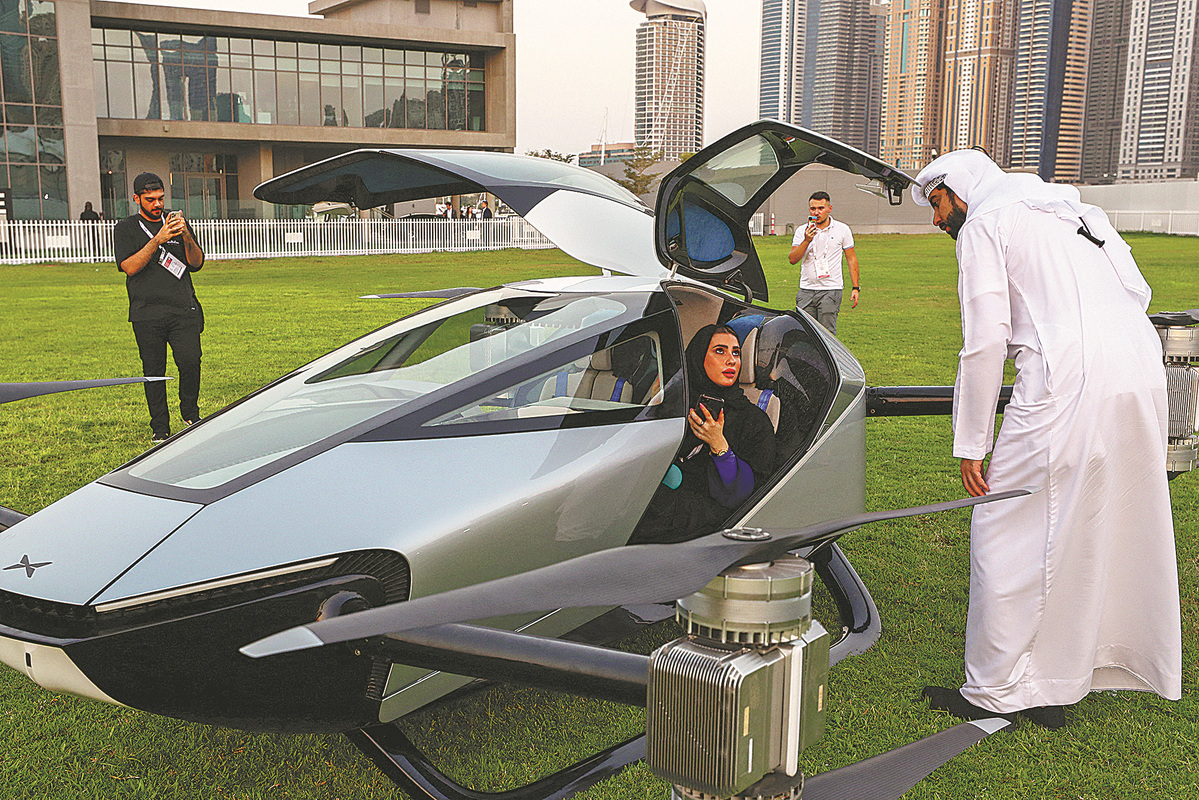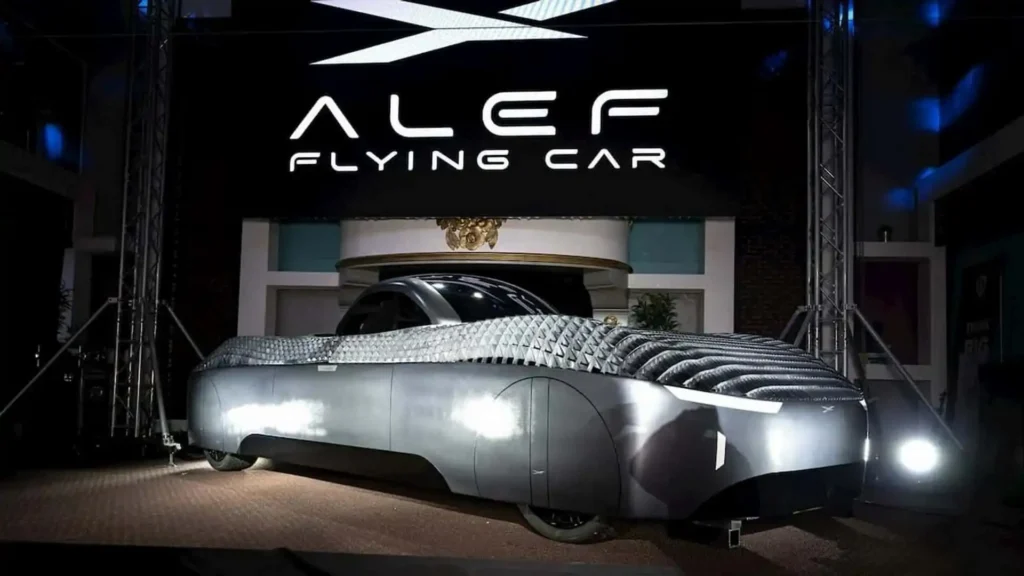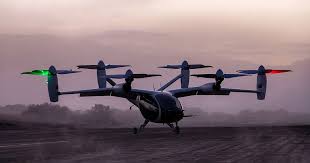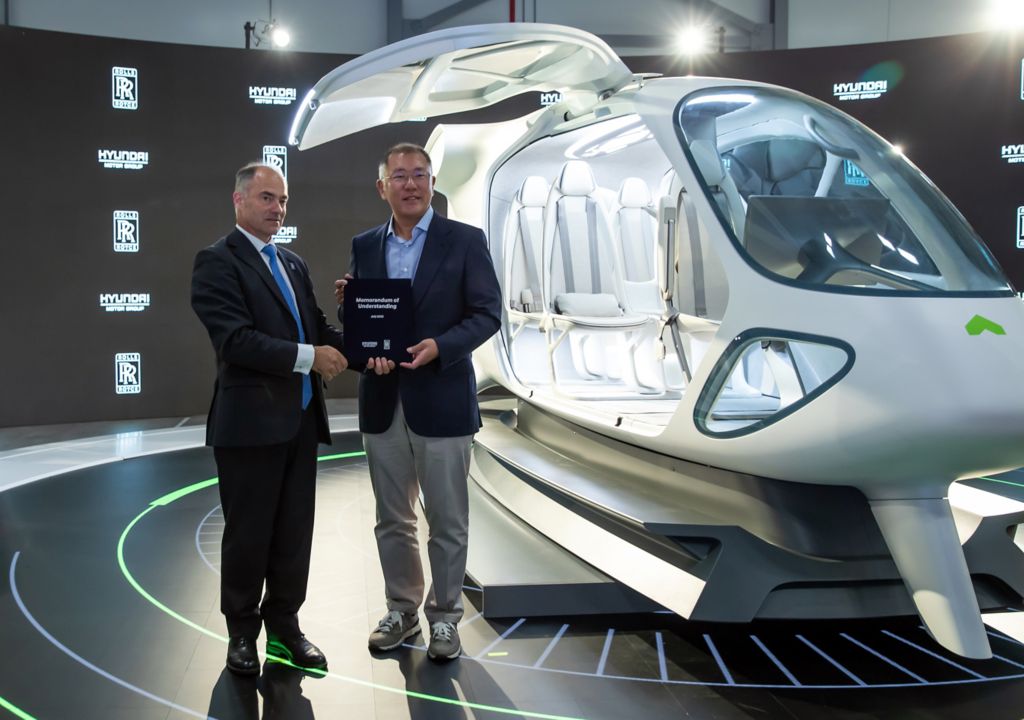C++ Helps 5 Dream Cars Fly Like Real Life Magic

C++: The Code that Lifts Dreams Off the Ground
You’ve probably seen flying cars in sci-fi movies or tech expos, but what really powers them behind the scenes? While everyone talks about futuristic design and vertical take-off, the real magic is in the software. And one language rules the sky: C++.

In this article, you’ll not only learn why C++ is at the heart of flying cars,
but you’ll also get real, beginner-friendly code example showing how this legendary language helps these machines think, fly, and stay safe.
Why C++ is the Preferred Brain of Flying Cars
Before diving into the code, let’s understand the reason behind it.”. Why would engineers pick C++ in a Python, Rust, and JavaScript age? Easy: C++ is fast, accurate, and well rooted in hardware-level programming.
The Flight Control System is Powered by C++

The most crucial element of a flying car is the flight control system. It’s what instructs the car on how to fly — climb, turn, lean, hover, descend, and so on. It gets instructions from sensors such as:
•Gyroscopes (measuring spin)
•Accelerometers (measuring velocity)
•GPS (location)
•Barometers (elevation)
C++ assists in processing all this information in real time, i.e., without any delay. That’s extremely critical because if the car takes a long time to respond, it could crash.
So, C++ is used because it’s fast, and it communicates directly with the hardware.
C++ Manages Real-Time Decision Making in Flight

Every component of a flying car must coordinate with the others as a team. The motors must rotate faster or slower based on where the car needs to go.
Sensors provide signals to the processor, and the C++ code determines what to do with that information.
For instance:
•If the GPS indicates the car is deviating from course.
•The flight controller (operating C++) adjusts motor speeds to compensate for the deviation.
Beginner Example: Altitude Adjustment
This sample simulates how a flying car reads its current altitude and compares it with the desired level.
It’s a simple but effective way to understand real-world logic used in aerial navigation.
#include <iostream>
using namespace std;
int main() {
int currentAltitude;
int targetAltitude = 1000; // Target altitude in meters
cout << "Enter current altitude of the flying car (in meters): ";
cin >> currentAltitude;
if (currentAltitude < targetAltitude) {
cout << "Increase altitude by " << targetAltitude - currentAltitude << " meters.\n";
} else if (currentAltitude > targetAltitude) {
cout << "Decrease altitude by " << currentAltitude - targetAltitude << " meters.\n";
} else {
cout << "Flying car is at the perfect altitude!\n";
}
return 0;
}What’s Happening Here?
- User input: Simulates a sensor input.
- If statements: Used to decide whether to climb or descend.
- Real application: In real flying cars, similar logic runs constantly using sensor data.
If you’re new to C++ and want to sharpen your skills, exploring some quality programming resources can make a big difference. Here’s a great list of the best programming blogs to improve your coding skills to get you started.
Real-Time Decisions Require a Fast Language Such as C++
Thousands of decisions need to be made by flying cars every second. Consider:

•Dodging birds or drones airborne
•Compensating for wind or weather
•Swerving flight paths in congested airspace
It all happens in an instant. This is why this language is employed rather than slower languages such as Python.
It’s designed with speed and accuracy in mind, which makes it perfect for life-or-death systems such as flying vehicles.
4. Simulation and Testing Employ

Before a flying car ever lifts off, engineers first test it in a simulator.. It’s sort of a video game where you can drive the car virtually and try out scenarios — bad weather, engine failure, emergency landings.
Such simulators tend to be written in C plus plus since they require physics calculations, movement, and real-time reactions. That allows engineers to model how the car will behave in the real world.
5. Safety and Fail-Proof Programming
In flying cars, there is no place for bugs or crashes (the software kind or the real kind!).this language enables programmers to test for memory leaks, write incredibly efficient code, and dictate exactly how the system will behave.
For newbies: imagine this language as a tool set that allows you to have complete control of the machine.
It’s more difficult to learn but provides you with more power. And in case of flying in the air, power = safety.
In Embedded Systems of Flying Cars

Within the flying car, there are onboard computers—small specialized systems that do one thing only, such as control the motors or handle GPS. These computers execute little programs usually written in C++.
Additionally, most flying cars utilize Real-Time Operating Systems (RTOS), which are optimized to react instantly to commands.
These operating systems are constructed to function with C++ since it provides exact timing and control.
Real-World Flying Cars in Production: The Coding Connection
Now that we’ve explored how C++ powers the brain and behavior of flying cars, let’s shift our attention from theory to reality. These aren’t just futuristic concepts from movies — these are real flying cars, many of which are already in production or pre-commercial phases.
What’s intriguing? Several of the control systems, flight software, and embedded platforms of these vehicles either utilize this programming or use it extensively at some point of development.
Following is a list of flying car models currently under way and companies producing them — with where they’re based.
A stylish, electric air taxi for city transportation. The Midnight is an eVTOL aircraft designed to seat five people, including one pilot and four passengers, with a maximum speed of 150 mph.
Archer intends to offer public air taxi services in cities such as New York by the 2028 Olympics.
XPeng AeroHT – Voyager X2 (China)

XPeng’s Voyager X2 is among the world’s first personal eVTOL cars, with plans for mass production of 10,000 units per year. Guangzhou is where the Chinese company is constructing a humongous manufacturing facility to expand its future-proof fleet.
Jetson ONE (Sweden)

A one-person ultralight flying machine that anyone can pilot — no pilot’s license required in most locations.
The Jetson ONE is already available for purchase, at $92,000, and has a flight time of approximately 20 minutes at speeds of up to 63 mph.
Alef Aeronautics – Model A (United States)

A vertical takeoff electric flying car for the future that is capable of driving on the ground and flying.
It has achieved FAA airworthiness certification and possesses both ground and aerial capabilities. Approximate cost? A whopping $300,000.
Joby Aviation (United States)

A major player in the eVTOL industry, Joby’s aircraft can reach speeds of up to 200 mph and travel as far as 155 miles on a single battery charge.
Supported by collaboration with the U.S. military, Joby is expediting both defense and public adoption
PAL-V Liberty (Netherlands)

A distinctive gyroplane-style flying car with road and air capabilities.
PAL-V is preparing for its initial deliveries in 2025, positioning it as one of the most advanced flying car designs to date..
Hyundai’s Supernal S-A2: A South Korea–US Collaboration

Hyundai’s advanced air mobility division is developing the S-A2 for inner-city travel.
This eVTOL concept is built for short trips and is designed with safety, scalability, and sustainability in mind.
Each of these firms is heavily committed to not only design and engineering but also software creation.
And in many of these devices, C++ is doing the heavy lifting—from stabilizing motors in the Jetson ONE to navigating GPS signals in the Midnight.
C++ Helps Achieve Flight Stability and Navigation
Whether you’re maintaining altitude or making a smooth left turn, flight stability is everything. The car’s systems must keep it balanced in mid-air. C++ allows precise calculation of:
• Angle of attack
•Thrust output
•Directional speed
•Correction for wind resistance
These calculations are computed in microseconds, owing to the capability of C++.
From Simulation to Sky: C++ is the Backbone

Before a flying car ever lifts off the ground, it logs hundreds of hours in virtual simulation environments
. These are similar to realistic video games that assist engineers in testing flight behavior in storms, obstacle courses, or emergency landings.
All of them employ C++ in physics engines, 3D rendering, and behavior simulation.
After perfecting the simulation, the very same C++ code is adapted into the world’s real-time software.
C++ and Safety: The Last Barrier

Flying around in the sky with people aboard is no laughing matter. The software has to be safety-certified, frequently according to specifications such as ISO 26262 or DO-178C.
C++ is among the rare languages that are applicable in such safety-critical applications.
This is why plane manufacturers, drone entrepreneurs, and now flying car developers have faith in C++ for the task.
Why Not Use Other Languages Such as Python?
Python is simpler to code but slower to execute.
Speed is life in flying cars. A lag of even a few milliseconds can result in bad responses during flight.
Python is wonderful for prototyping AI algorithms, but when deployment time comes, those models are usually translated to C++ for performance.
AI and C++ Work Together

Although C++ is not the primary language of Artificial Intelligence, it’s frequently paired with AI.
For instance, an AI algorithm (trained in Python) can be rewritten as a speedy C++ version for real-time application in a flying car.
While C++ handles the critical real-time operations, it often works hand-in-hand with artificial intelligence to enable smart navigation, object detection, and flight planning.
To explore how AI is evolving and influencing next-gen transportation, check out the latest trends in artificial intelligence technology.
This blended method allows engineers to combine smart thinking of AI with the velocity and security of C++.
FAQs
1.Why is C++ utilized in flying cars?
Because C++ has high-speed, real-time processing, and near-hardware control, which are critical to flying car systems.
2.Can a novice use C++ to model flying car behavior?
Yes! With the above simple example such as altitude compensation, novices can begin to write similar logic that would be found in actual flying car systems.
3.Why is C++ superior to Python for flying cars?
C++ is faster and can deal with real-time operations more efficiently. It’s better adapted to systems where timing and speed are important.
4.Does the actual company use C++ for flying vehicles?
Yes. Several flying car and aerospace companies employ C++ in their simulators, control algorithms, and embedded systems.
5.Can C++ support AI in flying cars?
C++ is commonly utilized to run AI models that were trained in Python. It makes the model go fast enough for real-time decision-making.
6.Is learning C++ challenging for beginners?
It may be difficult to grasp at first, but once you get the basics, it takes you to an incredibly powerful robotics, simulation, and embedded development world.
The Last Word: C++ Is Taking Us into the Future

Flying cars may seem like the future, but they’re developed with battle-tested tools of past—and C++ is one of the strongest among them. It governs everything from movement to navigation, from real-time safety systems to AI-based choices.
Thus, whether you are new to programming or aspiring to create the next generation of air transportation, learning C++ puts you in the front row of the sky-bound revolution






